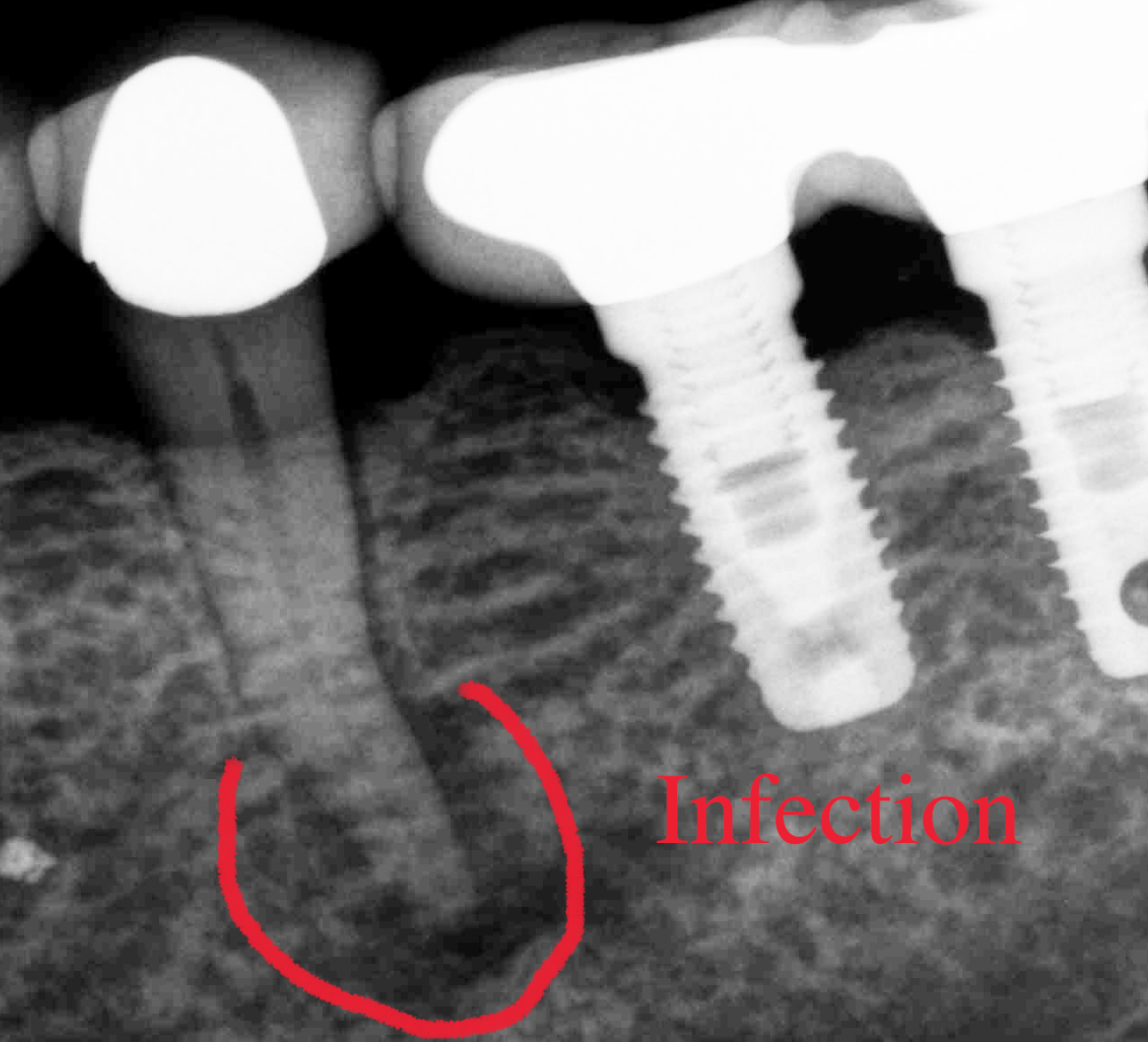Teeth grinding is one problem that will determine how long your dentition will last in your life time. In many instances, our patients are not aware of their grinding problems. Some patients do not even believe the diagnosis that they do grind their teeth. In any event, teeth grinding problems do not manifest until much later in life when wear facets, fractures, bone loss, and pain become more apparent. Many root canals and crowns are overly prescribed to solve a patient's tooth pain. Sometime, the solution lies undetected in the foundation of the bite stability.
The link below is an interesting article about night guards design which incorporates technology to alert patients of their teeth grinding activity.



